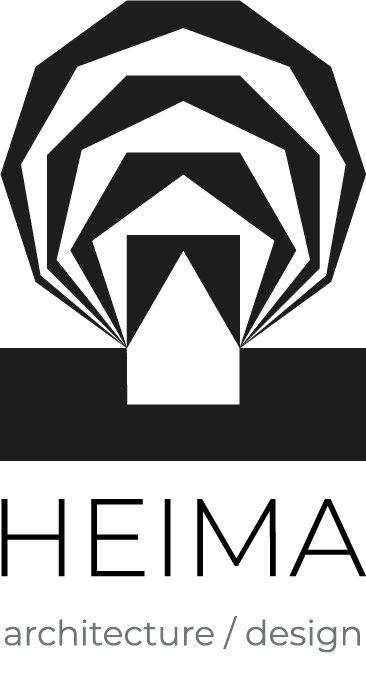The Play District
Philadelphia, PA
Five Sites over 1/4 Mile Route
Outdoor Play Structures
New Construction
Construction, Expected Completion 2021
with Bunny Tucker, AIA
The Play District: From Concept to Construction
The Play District was conceived as a series of interlocked play pathways in between existing but underutilized large play spaces. These paths are formed by a series of small interventions in the public right-of-way. Unlike a traditional playground that users must travel to and set aside time for, the Play District meets users where and when they are. Lost time is unlocked: A student pauses to play at three structures between school and their subway stop. Children and their guardians explore a structure while waiting for the bus. Space is marked: A class uses the route to connect to a larger playground that they once could not via unfriendly sidewalks. The city is opened: A group of children spend the afternoon on a treasure hunt moving from structure to structure in a neighborhood they know well or in one they are just getting to know.
The District engages a variety of users: those who reside within The District and those passing through. Movement and conversation between sites and broader exploration of The Districtís territory amplify the experience of community and sense of place within the city
The Play District will begin with a handful of installations along a core triangle of Ridge Avenue, Brown Street and Broad Street. With additional funding and interest we see the District growing over the years further into Francisville and West Poplar, connecting the two neighborhoods. In its role as space-reclaimer, The District provides these communities with fine-grained services that they would not otherwise receive. In its role as network, The District connects these disparate communities to one another.
Whether within the initial triangle or an expanded network, the structures together form a narrative “hunt” for learning & play, pulling children and their guardians from game to game. While this “dotted line” provides a diverse experience for active users moving along it, The District serves users in moments of stillness, too. Where possible, interventions are tethered to transit and key commercial and institutional entities, providing play-learning opportunities for children and their families during life’s natural pauses.
The Play Everywhere Grant: Kaboom!, William Penn & The Origins of the District
The Play District was originally concieved in response to and is primarily funded by the Play Everywhere Philly grant program, a city-wide competition to create playful learning spaces that support child development and literacy skills in everyday locations across Philadelphia.
The program has awarded $1 million in grants to groups including People for People Charter School to create playful learning features at places like sidewalks, bus stops, footpaths and areas outside businesses. With support from Kaboom!, William Penn Foundation, Playful Learning Landscapes and Community Design Collaborative, grantees are developing places for kids aged 0-8 to play and learn together with caregivers.
Kaboom! is a charitable organzation dedicated to the development of play opportunities for all. Over the last 23 years, they have built or improved 17,000+ playspaces, engaged more than 1.5 million community members and brought joy to over 11 million kids.
Kaboom! created the Play Everywhere concept to inspire kids to play every day and to incorporate play into their normal routines. Play Everywhere innovations and installations bring play to unexpected, but everyday spaces, making play easy and available for kids and families.
While a playground can provide a joyful oasis for play, play must be available in other places to include play opportunities where kids, and their caregivers, are already spending their limited time. Play Everywhere encourages people to think about spaces that could become PLAYces ó any unexciting situation can turn into a stimulating, creative outlet for play.
The Installations: Design for Play, Play for Literacy
Spinning Spell: Focused on Spelling & Letter Forms through Collaborative Discovery
Letter Launch: Focused on Spelling & Letter Forms through Word Construction
Audible Alphabet: Focused on Connecting Letter Forms to Letter and Word Sounds (Phonics)
Wheeling Words: Focused on Sentence-Building and Understanding Parts of Speech
Serpentine Story: Focused on Constructing, Recalling and Recounting Narratives
